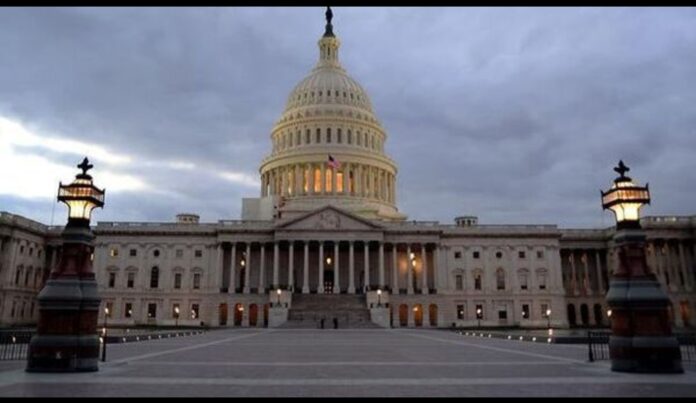In a promising development for the US economy, the proposed deal to raise the country’s debt ceiling has successfully cleared its first procedural hurdle, bringing hope of averting a potentially catastrophic financial crisis. The agreement, which was introduced in Congress last week, aims to prevent the United States from defaulting on its financial obligations and ensures the continued functioning of the government. The procedural obstacle was overcome as the bill passed a crucial preliminary vote in the House of Representatives, marking an important step forward in the legislative process. The bipartisan effort garnered support from both sides of the aisle, with lawmakers recognizing the urgency and necessity of addressing the impending debt crisis.
While the initial vote is an encouraging sign, further deliberations and negotiations are still required for the bill to become law. The urgency surrounding the debt ceiling debate stems from the fact that the United States reached its borrowing limit several months ago. Since then, the government has been employing various emergency measures to continue meeting its financial obligations. However, these measures are temporary and unsustainable, underscoring the critical need for a long-term solution. Failure to raise the debt ceiling would have severe repercussions for the US economy. It would lead to a default on existing financial commitments, resulting in a loss of global investor confidence and triggering widespread economic instability. Financial markets would be thrown into turmoil, interest rates could skyrocket, and the cost of borrowing for businesses and consumers would significantly increase. Additionally, vital government programs and services could face disruptions or even shutdowns, exacerbating the economic impact on everyday Americans.
The proposed deal seeks to address these potential consequences by increasing the debt limit, allowing the government to borrow the necessary funds to meet its obligations. However, the bill also includes provisions to encourage fiscal responsibility and ensure that future spending is carefully managed. This balancing act between immediate financial needs and long-term economic stability has been a key point of contention during the negotiations.
The next steps for the debt ceiling deal involve further debate and votes in both the House of Representatives and the Senate. Lawmakers will scrutinize the bill, proposing amendments and seeking to shape its final form. The outcome remains uncertain, as legislators grapple with the complexities of fiscal policy and partisan dynamics. Nevertheless, the successful clearance of the first procedural hurdle provides a glimmer of hope for a resolution to the looming debt crisis. The bipartisan support exhibited in the initial vote indicates a recognition of the stakes involved and a willingness to work across party lines for the greater good. As the deliberations continue, the fate of the US economy hangs in the balance, and the world watches with bated breath, hoping for a comprehensive and timely solution to the debt ceiling challenge.


